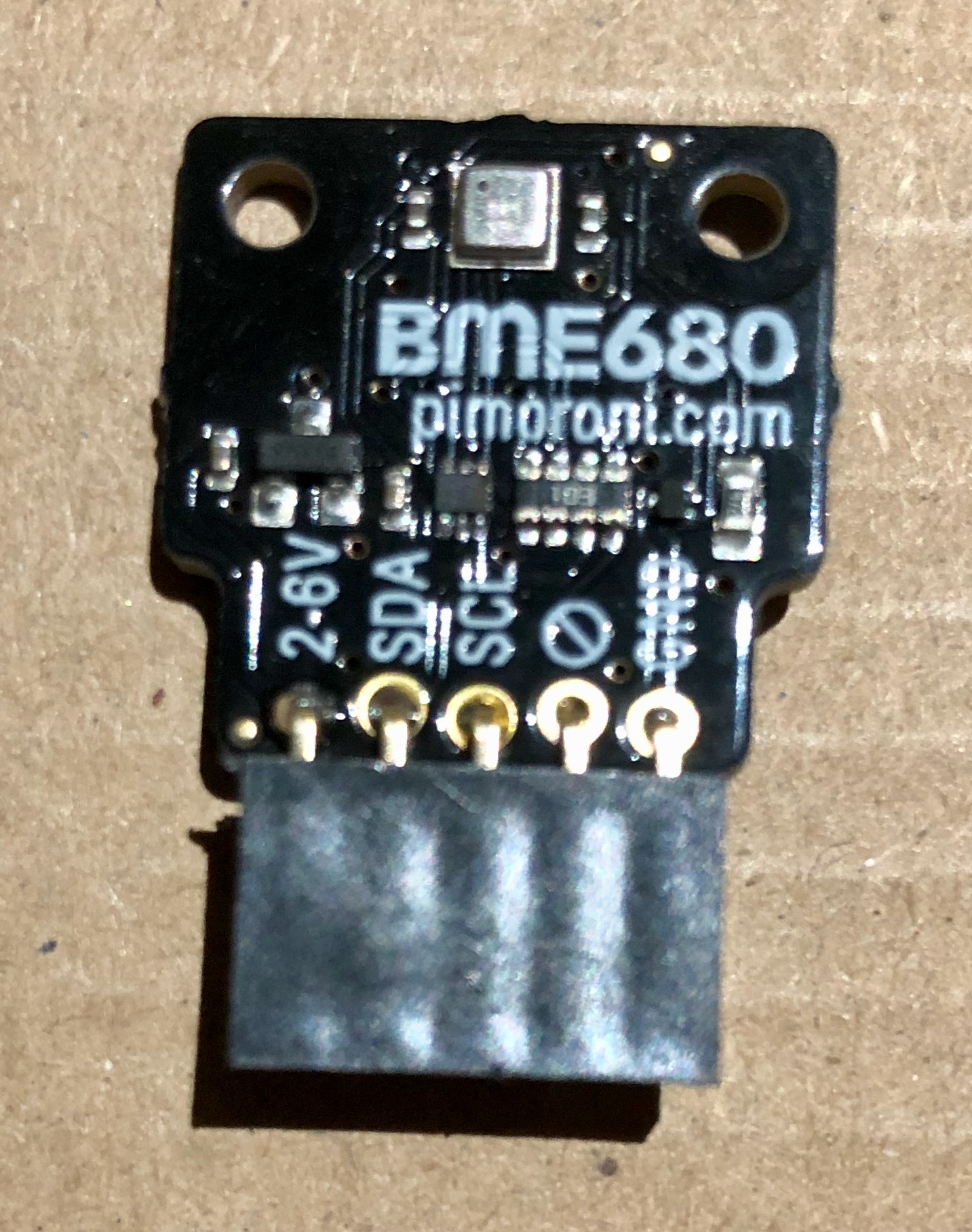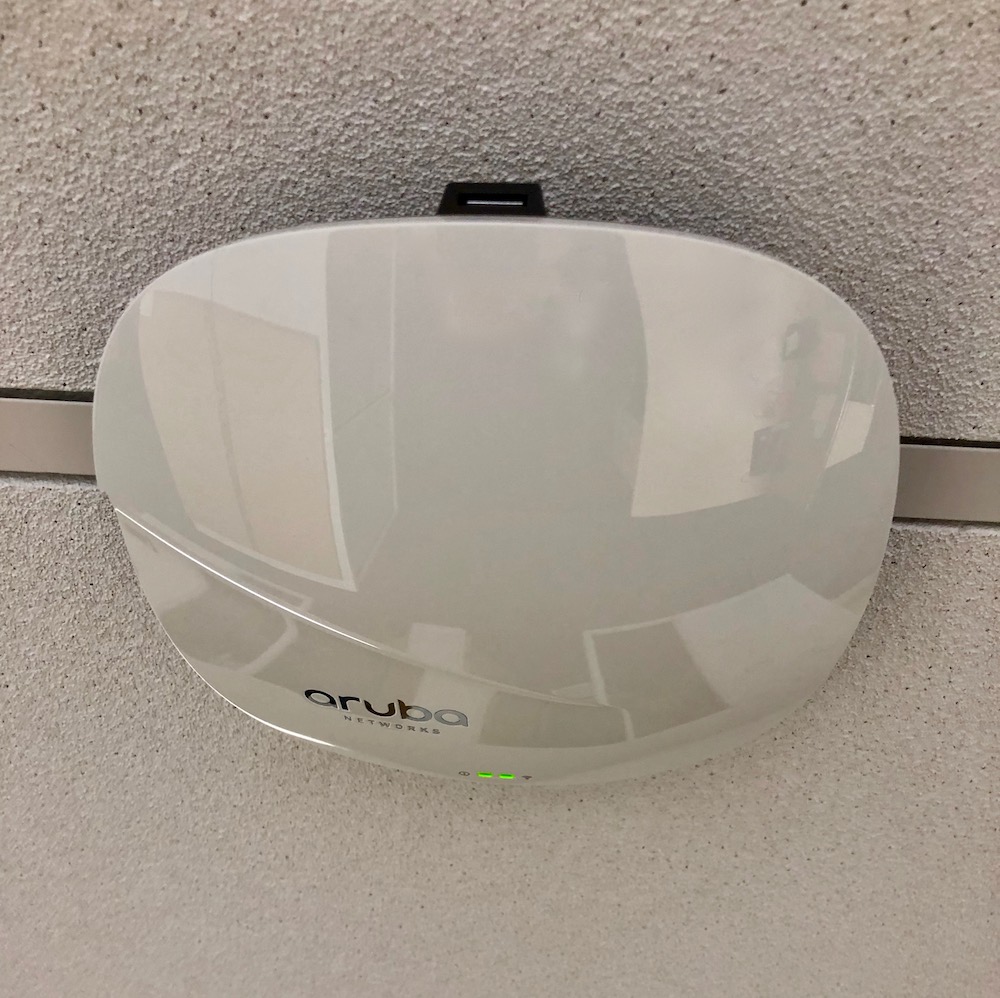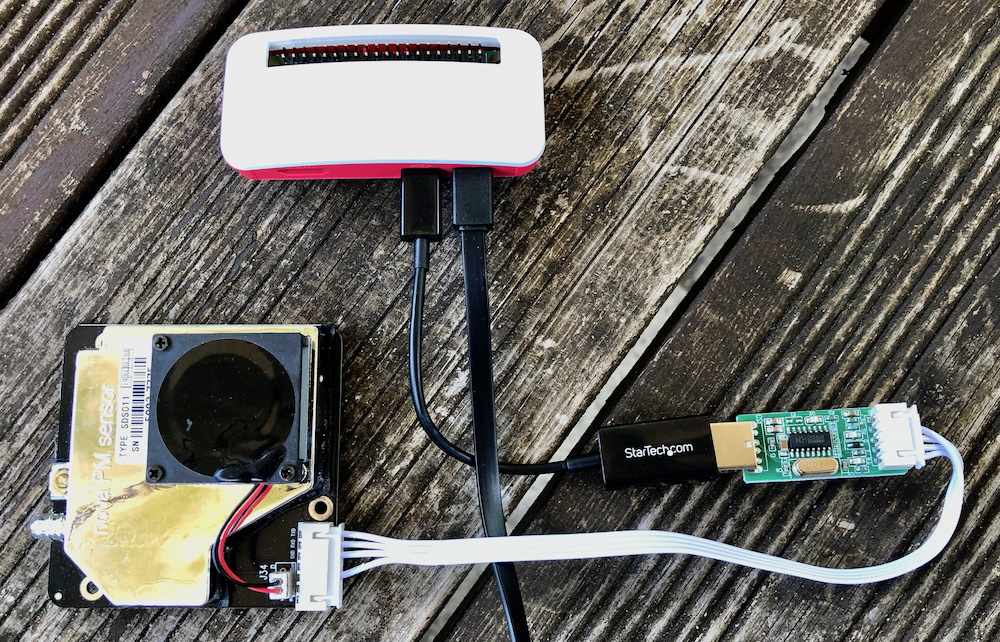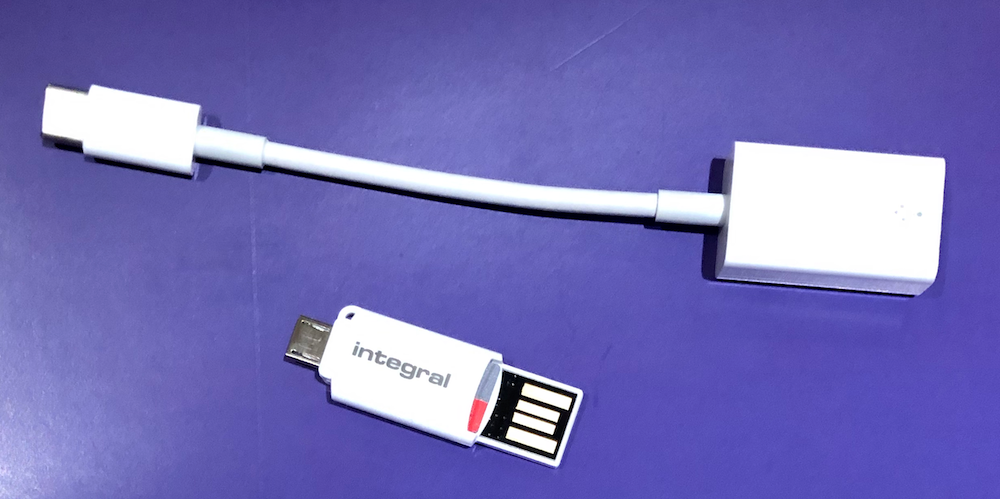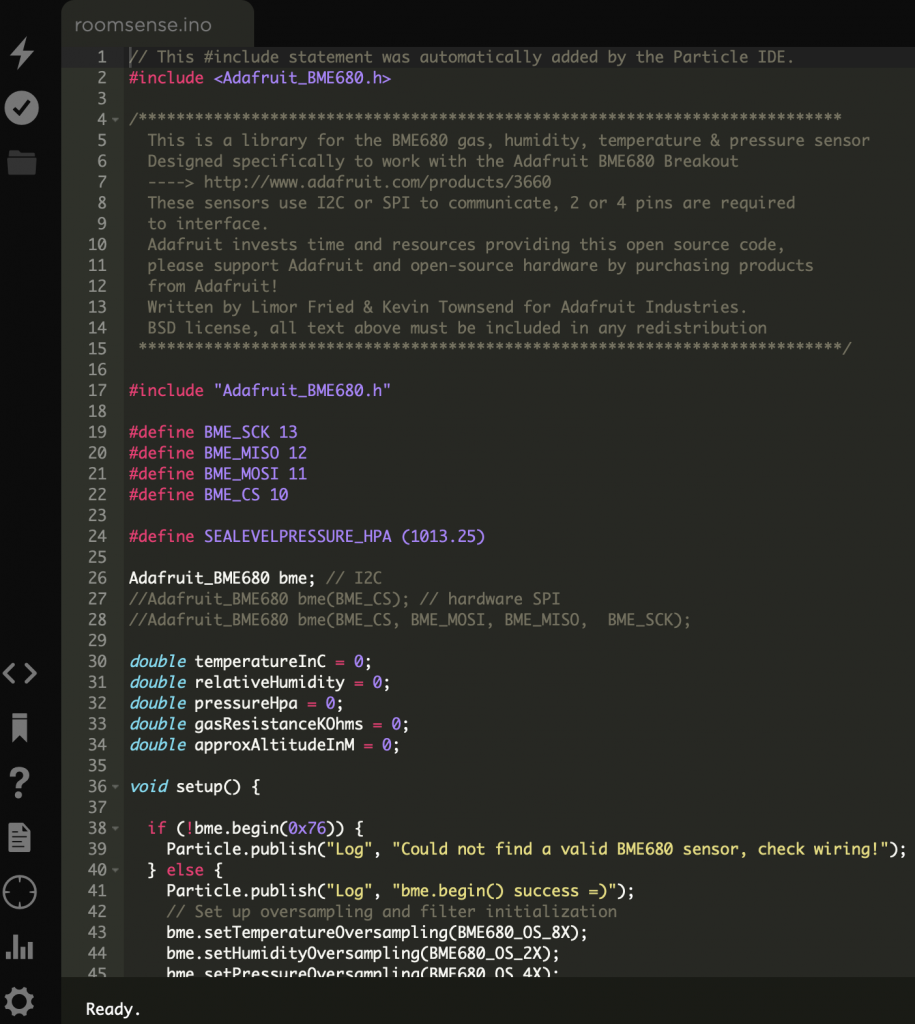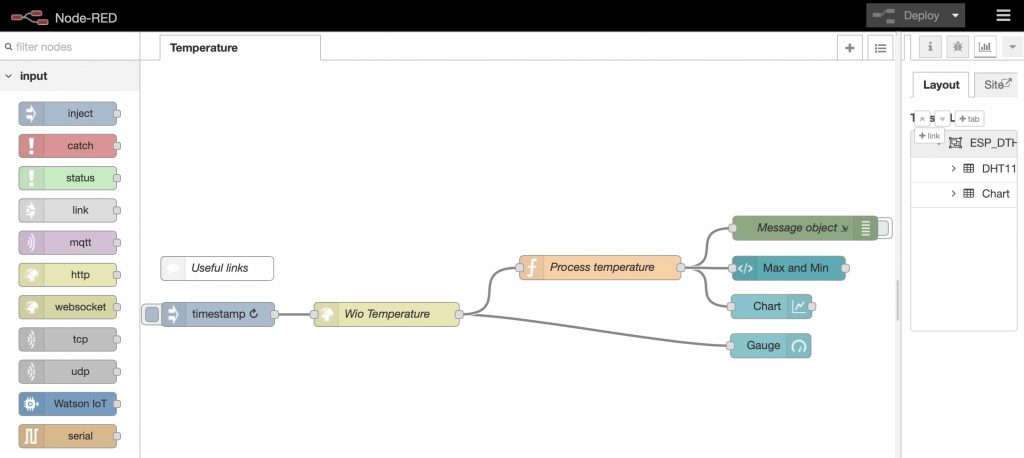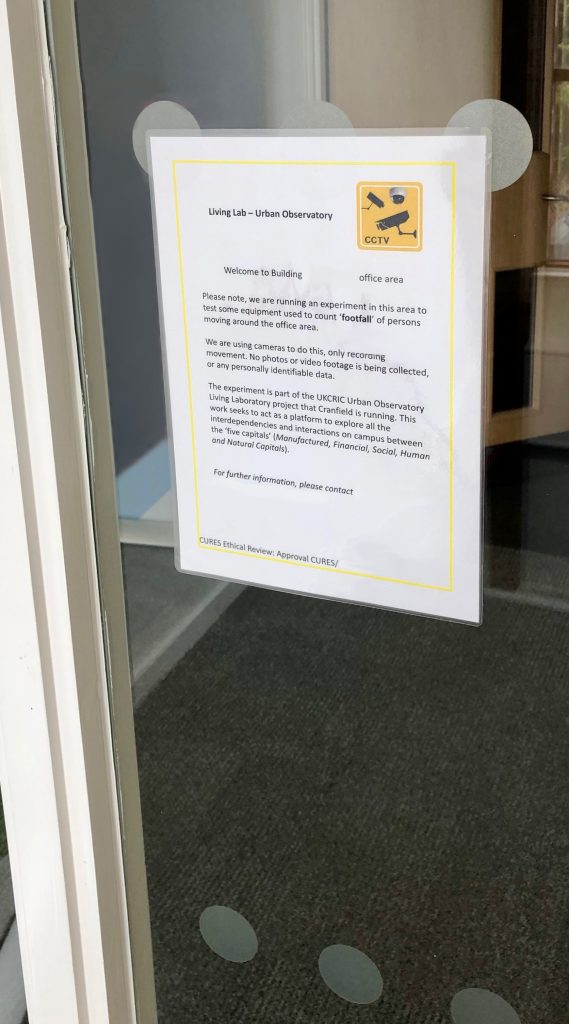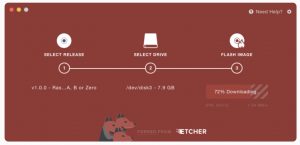Cranfield University, sure enough we have another Christmas map for you. As with previous years, we’ve collected a sample of tweets from Twitter that match a number of Christmas related keywords and mapped them using the same process we outlined last year. The colour range from green to red indicates the density of Christmas related tweets from low to high in that county, relative to the normal density of twitter activity in that area (taken from a random sample of all tweets in the UK). We’ll let you draw your own conclusions from the map. This time we thought we’d use the opportunity to focus on some of the web mapping technologies we’ve started using this year in other projects and hope to develop our use of heading into 2016. The biggest difference between the map you see above and some of the other maps we’ve published in the past is that this one doesn’t makes use of any GIS server or map hosting platform. Traditionally we’ve used either Geoserver or ArcGIS Server to publish our map tiles and other geospatial data for consumption with JavaScript web mapping APIs. Alternatively, web map hosting services can be used if one doesn’t have access to their own GIS Server, these include ArcGIS Online, Mapbox, CartoDB and others. The example here doesn’t use any of these services, but instead is running from a set of map tiles hosted on this very webserver. Interactivity (roll your mouse over the map to view the county names) is provided via a set of UTF-Grid tiles, also hosted on this webserver. UTFGrid tiles use a combination of JSON encoding and ASCII grid files that sit alongside the map’s image tiles. For each PNG image tile there is a corresponding ASCII tile with a one pixel to one ASCII character mapping. An accompanying JSON lookup table provides the full set of attributes so that you can go beyond a simple raster map and offer full identify style interactivity. UTFGrid functionality is available in many of the popular JavaScript web mapping APIs, either out of the box or as easily downloadable plugins. This particular map makes use of the Mapbox JS API, an extension of the Leaflet API. The tiles used by this map are generated using the TileMill software and stored as a .mbtiles file (which is actually an SQLite database). A small PHP file, acting as a tile server, exposes this SQLite/MBTiles database to web mapping APIs as a large nested folder of image and UTFGrid files in the usual {z}/{x}/{y}.png or {z}/{x}/{y}.json fashion. We like this approach to web mapping as it is reasonably lightweight and portable. The whole application, including web pages, JavaScript, map tiles and PHP tile server can be picked up and dropped onto any web server that supports PHP and is ready to go. It might not provide some of the advanced features you get with more heavyweight solutions, but a simple interactive map with query-able attributes is often all that’s needed for many web mapping applications. It’s also extremely fast and can be built using entirely open source software and tools. More information on some of the packages and technologies used can be found here:
- TileMill
- Mapbox JS
- Leaflet
- An explanation of how UTFGrid works
- The PHP tile server used for this map – others are available
